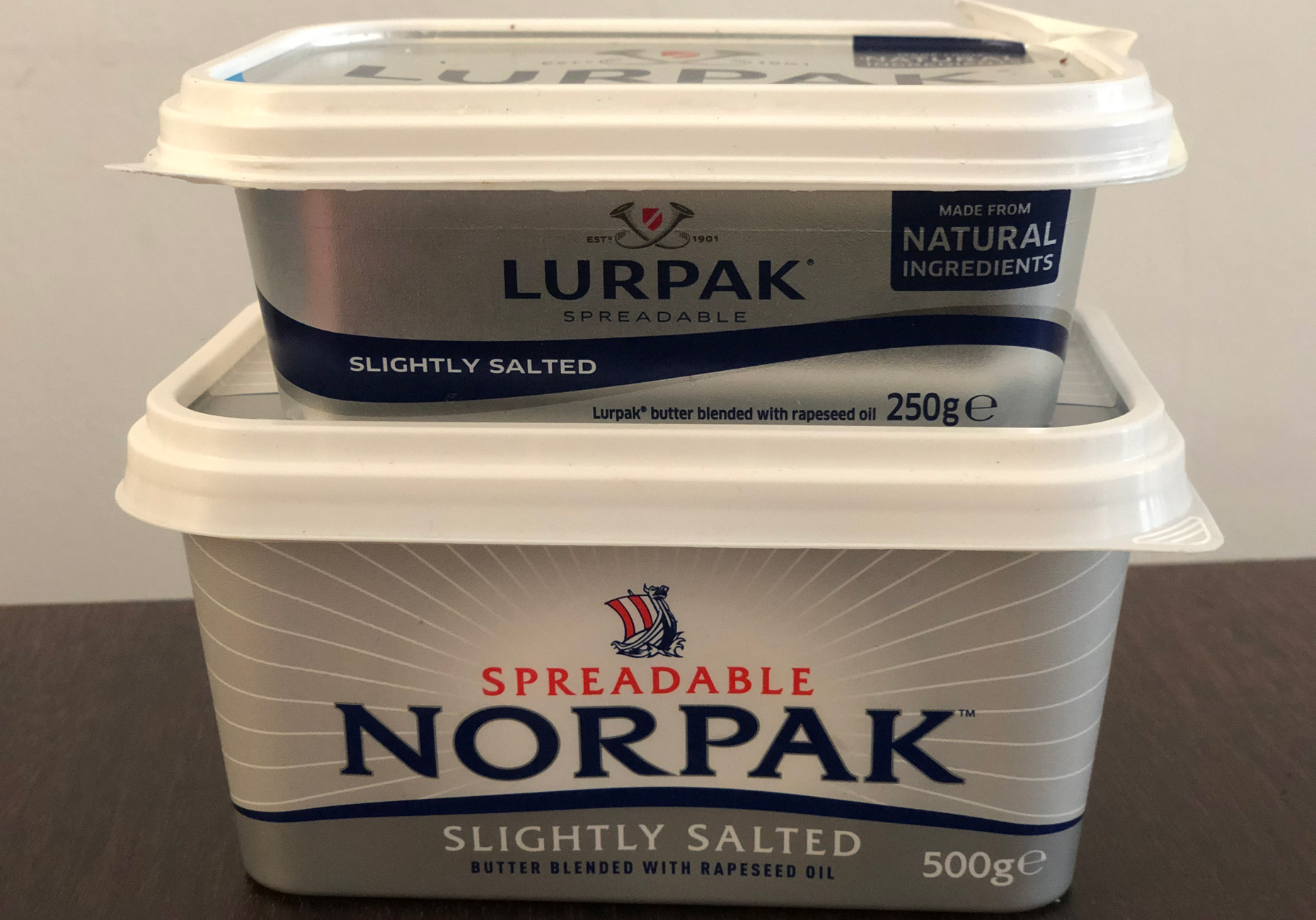The 7 marketing tricks designed to make you spend money
A look at how brands make us spend with clever marketing. Have you ever fallen for any of these tricks?
Experts believe we take less than a tenth of a second to decide whether we are going to buy a product with packaging playing a vital role in that decision.
As a result, big brands employ a range of packaging tricks designed to encourage us to part with our cash.
So, what are the clever tactics big brands use to lure us in?
Here are seven to watch out for.
Shop smarter with a reward credit card
1. Celebrity endorsements
Whether it’s George Clooney selling Nespresso or Holly Willoughby selling bedsheets getting a celebrity to endorse a product will help it sell.
Marketing and psychology professionals told Which? that consumers trust people more than claims, especially if that person is well-liked and respected.
As well as celebrity endorsements, celebrity-branded ranges also sell well.
2. Word repetition
If you’re making a snap decision and only scanning the packaging, then brands need to get their point across. In order to do this many will print keywords repeatedly on the box or bottle.
3. Extra packaging
Companies will add extra packaging to make a product seem more expensive or to make toiletries appear ‘medicinal’ and ‘serious’, according to the experts interviewed by Which?.
This makes us trust the product more.
Another similar tactic is to give a product a medicinal-sounding brand name like ‘Lab Series’.
4. Fashion capitals
Experts say that if you print glitzy place names on the box it makes us think of style and luxury and lures us into buying products.
For example, John Frieda products have ‘London Paris New York’ written on the bottles and boxes while several fake tan brands are named after sunny destinations.
5. ‘For men’ and ‘For women’
Brands try to draw your attention to their product and make the purchase decision easier by specifying that their product is designed for your gender.
For example, Head & Shoulders For Men has an image of a man cycling on the bottle and some other products are sold in gender-specific coloured packaging to help make a buying decision easier.
6. Lookalikes
Imitation is another key tactic widely used by discount supermarkets like Aldi.
Many cheaper brands are specifically designed to look like their luxury competition.
Experts say making a product look like a more expensive product tricks us into thinking we’ll get similar quality to the original.

7. Skin-deep jargon
Baffled by the science bit? Don’t worry you’re meant to be.
Brands specifically use scientific jargon to make their products seem more credible and help us justify spending more on them.
For example, some moisturisers and anti-wrinkle creams contain terms like ‘rapid-diffusion’ and micro-peptides’.
Comments
Be the first to comment
Do you want to comment on this article? You need to be signed in for this feature